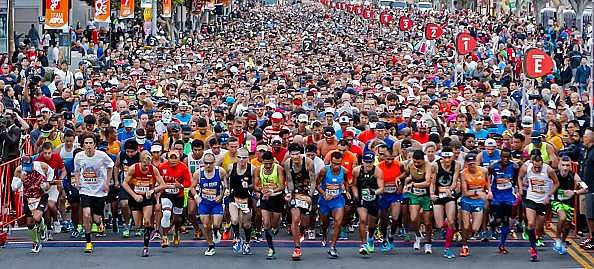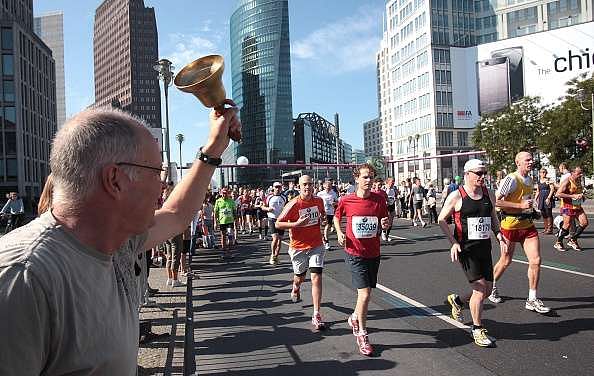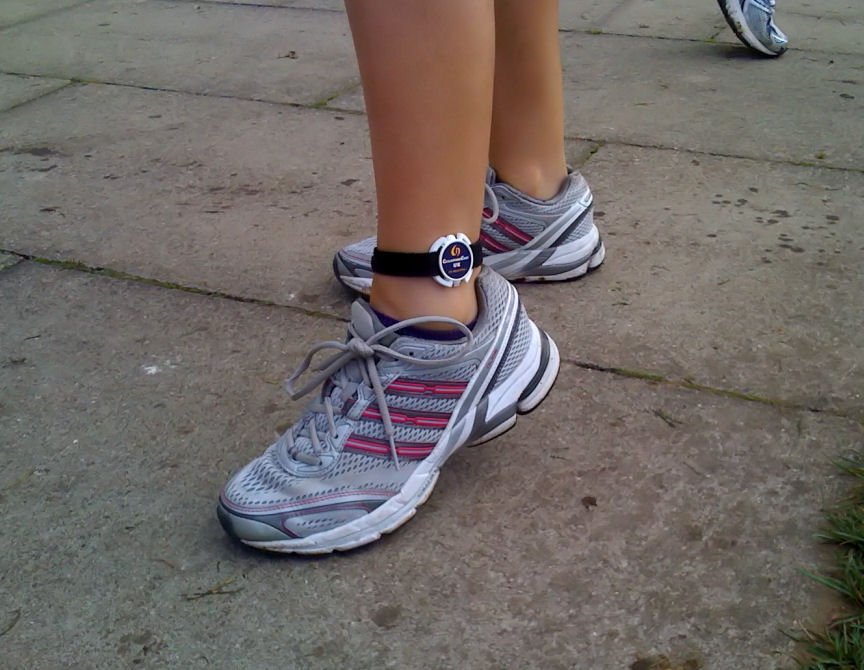
10 terms related to marathons you must know

Acronyms and sporting phrases can sometimes intrigue the lay person. An unusual abbreviation against a runner’s name may make the viewer feel that he is not that attached to the sport as he thinks he is. Here is a list of the ten most commonly used marathon related terms that every sports fanatic should be aware of.
#10 DNF
DNF, a commonly heard acronym in track and distance running event stands for Did Not Finish. An athlete may not be able to finish a race under medical conditions, injury or an accident and as a result is forced to forfeit in the middle of the race. A DNF next to a runner’s name indicates the runners’s inability to end the race. Most of the time, the reason is involuntary.
#9 DNS
DNS stands for Did Not Start. When a runner is not present at the race at all and did not take off from the blocks as well then a DNS is assigned against his name. A participant who has a dormant injury may also back out of the race to avoid further aggravating the injury.
#8 DQ
Participants who indulge in unfair means or cheating during the race are disqualified and assigned DQ status. The authority to disqualify an athlete rests with the organisers. The organisers in consultation with the time keeping authorities consensually arrive on the decision.
#7 Chip Time
Chip time or Net time is the time taken by an athlete to cover the race distance. It is measured with the help of a timing device strapped around the runner’s leg or placed near his shoe. RFID detector mats placed at the starting and the finish line and they register the chip time. Chip Time is less than the Gun Time as it depends on when the athlete crosses the starting and the finish line.
#6 Gun Time
Gun Time is different from Chip Time; the former is when the official race clock starts at the gunshot from the pistol. So the official time of a runner would be the time taken by him to cover the distance from the time the initial pistol is shot to the time he crosses the finish line.
#5 HRM
HRM or Heart Rate Monitor is used to record a runner’s heart rate in the form of BPM (beats per minute). It can be used during training and workout to monitor the functioning of the heart. Based on the data collected, a runner can calibrate his running speed according to the situtaion. A HRM can be worn around the wrist or around the chest. It typically records MRH (Maximum Heart Rate) of an athlete.
#4 Splits
The total time of the race is divided into smaller intervals known as splits. A split is helpful in judging the speed of a runner. It can be categorised as an even split i.e. when the runner runs with a constant speed throughout the course of the race or a negative split. In a negative split a runner usually runs the second half faster than the first half.
#3 Strides
A surge of long steps taken usually at the later stages of a race is a stride. Runners take long strides when he finds another runner on the cusp of overtaking him or if he has to catch another runner ahead of him. They help the runner cover longer distances in less time and thus reduces his odds for claiming a podium finish. A classic example for strides is Usain Bolt who usually runs his best in the initial half of the race and then overwhelms his opponents by almost jogging through the later half.
#2 Corral
Corral is used to distinguish between the different categories of the runners. For instance, all the fast runners who are closer to the finish line are in the same corral and the slow runners are assigned a particular corral. The underlying principle here is the estimation of the finish time of the runners. It means that the finish time of some of the runners is anticipated and they are assigned a particular corral.
#1 Bell Lap

During the final lap of a race a bell is rung to notify or alert the runners about it. This final lap is referred to as the bell lap. It is used in the long distance races or the race involving multiple laps. The ringing of the bell to sound an alarm lends this name to the valence lap.

